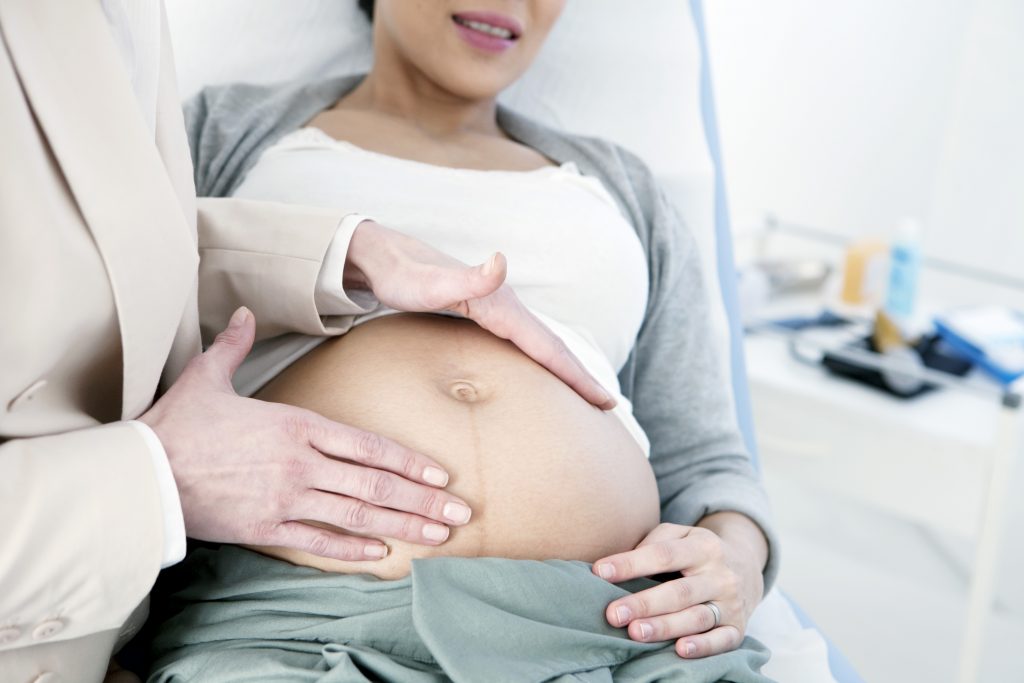
Finding out you’re pregnant is an exciting event, and discovering that you’re carrying twins can be even more amazing. Though the idea of caring for two babies instead of one can be daunting, you’re surely looking forward to meeting your twins and hoping to have as smooth and healthy a pregnancy as possible.
Most twin pregnancies are very similar to singleton pregnancies in terms of symptoms and experiences during the first trimester, as the babies are still just beginning to grow. By the time you get to the second trimester of twin pregnancy, however, you may start to notice the differences between carrying twins and carrying a single fetus.


